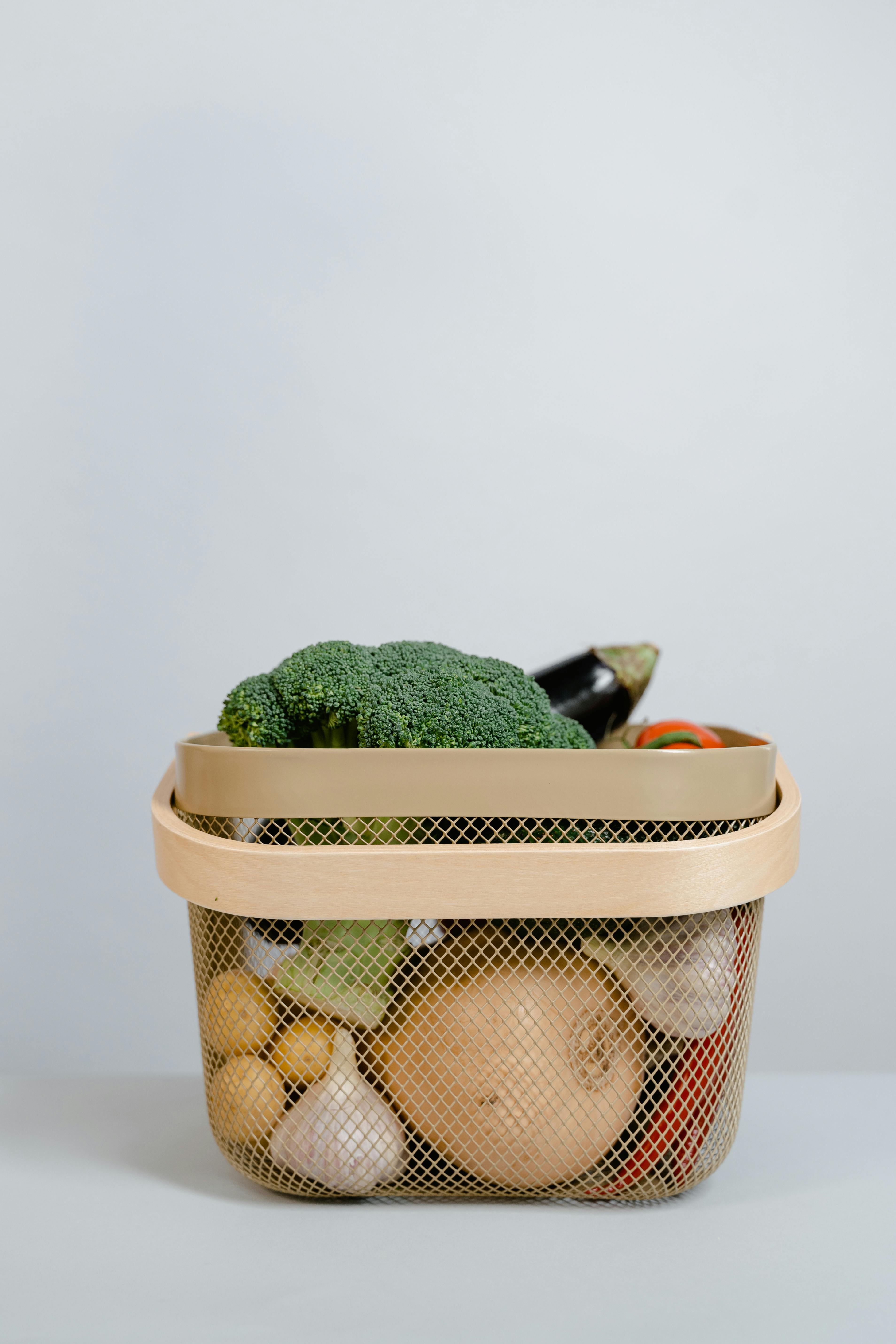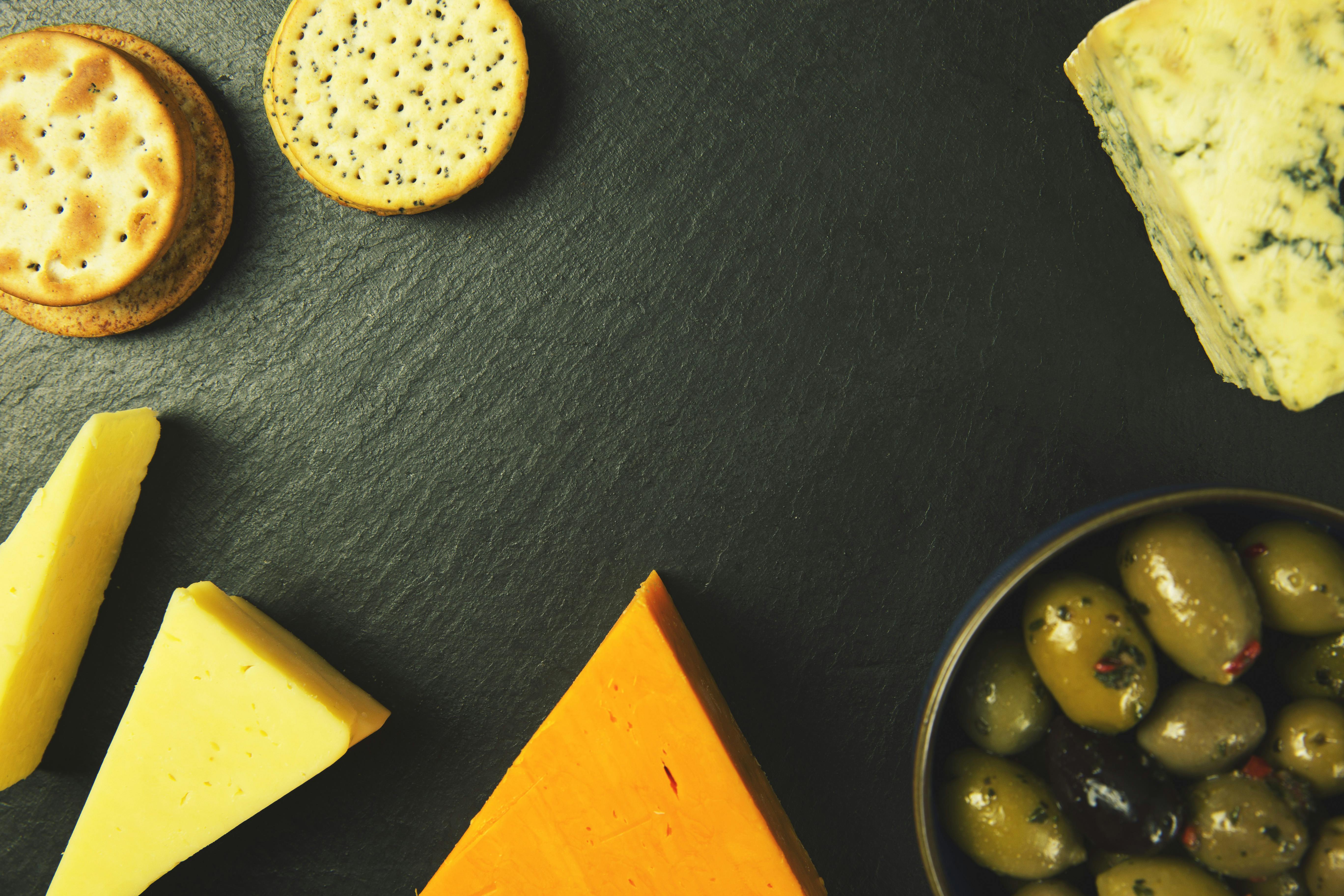
Essential Guide to Effective Anti-Inflammatory Diet Meal Plan
The anti-inflammatory diet has gained recognition as a powerful approach to enhance overall health, reduce chronic inflammation, and alleviate various health concerns. This comprehensive guide will equip you with a wealth of knowledge about healthy eating habits, printable meal plans, and effective strategies for meal prep. With this information, you'll discover the myriad of benefits associated with anti-inflammatory foods and learn how to seamlessly integrate them into your daily meals for optimal symptom relief and improved well-being.
By embracing a diet rich in whole foods, particularly fruits and vegetables, lean proteins, healthy fats, and spices known for their health benefits, you can significantly boost your immunity and experience a range of health advantages. The primary objective of this article is to provide you with insightful meal suggestions, practical cooking methods, and essential dietary guidelines to create balanced meals that cater to your nutritional needs.
In the sections that follow, we’ll explore the core principles of the anti-inflammatory diet, share delicious meal ideas, and include a printable meal plan to inspire your journey towards better health. Let’s dive into the world of anti-inflammatory eating and discover how it can transform your lifestyle and well-being!
Understanding the Foundations of the Anti-Inflammatory Diet
Building on the importance of healthy eating, understanding the scientific principles behind the anti-inflammatory diet is essential. This diet aims to reduce inflammation markers, which can contribute to conditions such as arthritis, heart disease, and chronic pain.
Key Components of an Anti-Inflammatory Diet
The anti-inflammatory diet emphasizes specific food choices that are known to reduce inflammation and promote overall health. These include:
- Fruits and Vegetables: Rich in antioxidants, vitamins, and minerals, fruits and vegetables play a critical role in fighting inflammation. Berries, cherries, leafy greens, and cruciferous vegetables like broccoli contribute significantly to reducing inflammation.
- Healthy Fats: Incorporate sources of healthy fats such as avocados, olive oil, and nuts. Omega-3 fatty acids found in fatty fish (like salmon) and chia seeds are particularly powerful in combating inflammation.
- Spices for Health: Spices like turmeric contain curcumin, a potent anti-inflammatory compound. Adding spices to your meals not only enhances flavor but also boosts their nutritional value.
The Role of Portion Control in Successful Dieting
Portion control is a crucial aspect of maintaining an effective anti-inflammatory diet. Overeating, even healthy foods, can lead to weight gain which is counterproductive to reducing inflammation. Adopting mindful eating practices can help regulate portion sizes and ensure that you enjoy your meals without excess.
Food Choices for Symptom Relief
Every meal is an opportunity to take proactive steps towards symptom relief. By focusing on nutrient-dense foods and avoiding processed options high in sugar and unhealthy fats, you can effectively control inflammation levels in your body. Consider experimenting with ingredient swaps—for instance, using whole grains instead of refined ones, which can make a significant difference in your health journey.
Creating Your Printable Anti-Inflammatory Meal Plan
With the foundational knowledge of the anti-inflammatory diet established, it’s time to put this knowledge into practice by creating a meal plan tailored to your dietary preferences and lifestyle. A printable meal plan can provide structure and ensure you include a variety of nutrient-dense foods in your daily intake.
Weekly Meal Prep Strategies
Effective meal prep requires organization and planning. Here are some strategies to help streamline your process:
- Batch Cooking: Prepare large quantities of meals and freeze portions for convenience. This is particularly useful for soups, stews, and healthy snacks.
- Cooking at Home: Cooking at home not only allows you to control ingredient quality but also empowers you to experiment with herbs and spices known for their anti-inflammatory properties.
- Healthy Snacks: Having healthy snacks on hand is essential to avoid unhealthy eating habits. Consider options like nuts, seeds, or vegetable sticks with hummus as quick, energizing bites.
Shopping List Essentials
Creating a shopping list is an important step in ensuring you have all the ingredients needed for your anti-inflammatory meals. Focus on fresh produce, whole grains, and lean proteins. Look for seasonal foods and local produce to maximize flavor and nutritional value.
Meal Variety for Nutritional Diversity
Incorporating a wide range of foods into your meal plan promotes nutrient diversity and helps prevent dietary boredom. Experiment with new recipes, swap ingredients, and don't hesitate to try different cooking techniques to enhance flavor without compromising health.
Delicious Anti-Inflammatory Meal Ideas
This section will provide a range of meal suggestions that are designed to be both nutritious and delicious, focusing on ease of preparation and balance for optimal health benefits.
Quick Breakfast Choices
Start your day with a mindful breakfast that fuels your body and reduces inflammation:
- Berry Smoothie Bowl: Blend together spinach, bananas, berries, and a scoop of protein powder. Top with chia seeds and nuts for added crunch.
- Overnight Oats: Mix rolled oats with almond milk, chia seeds, and diced apples, and let it sit overnight. In the morning, add walnuts and cinnamon for flavor.
Wholesome Lunch Ideas
For lunch, focus on balanced meals that maintain your energy throughout the day:
- Quinoa Salad: Combining quinoa, cherry tomatoes, cucumber, and a lemon-olive oil dressing creates a refreshing and nutrient-rich meal.
- Grilled Chicken Wrap: Use gluten-free wraps filled with grilled chicken, mixed greens, avocado, and a drizzle of tahini for a hearty yet healthy option.
Simple Dinner Recipes
Dinner can be a simple affair with the right recipe choices:
- Salmon with Veggies: Bake salmon with asparagus and broccoli drizzled in olive oil. Season with herbs like dill or rosemary for added flavor.
- Vegetable Stir-Fry: Stir-fry a mix of seasonal vegetables like bell peppers, zucchini, and carrots in coconut oil, served over brown rice or quinoa.
The Importance of Hydration and Meal Timing
Hydration plays a pivotal role in the anti-inflammatory diet. Drinking ample water throughout the day can assist in flushing out toxins and keeping your body in optimal condition. Herbal teas such as ginger or green tea can also provide additional health benefits.
Optimizing Meal Timing
Meal timing is a less discussed but critical aspect of healthy eating. Regular meal frequency can maintain balanced blood sugar levels and provide a steady source of energy. Consider dining at consistent times each day to establish a routine that supports your wellness journey.
Stress Management for Better Health
Stress can significantly impact inflammation levels in the body. Incorporating stress-reducing techniques such as mindfulness, meditation, or yoga can complement your dietary efforts and promote a healthier lifestyle.
Q&A - Common Questions About the Anti-Inflammatory Diet
As you embark on your anti-inflammatory journey, you may have questions. Here are some common inquiries along with practical solutions:
What Are the Best Anti-Inflammatory Foods to Include?
Consume a variety of foods high in antioxidants and omega-3 fatty acids, such as fatty fish, berries, green leafy vegetables, nuts, and olive oil.
How Can I Ensure Balanced Meals?
Focus on including a source of healthy protein, healthy fats, and fiber in each meal. This will help maintain portion control and nutrient intake.
Are There Any Foods to Avoid?
Avoid processed foods high in sugar and unhealthy fats as they can contribute to inflammation. Pay attention to serving sizes and read nutrition labels for better choices.
Can I Still Enjoy Snacks?
Absolutely! Healthy snacks such as raw vegetables, fruits, or nuts can provide additional nutrients and help bridge the gap between meals without compromising your goals.
How Do I Maintain Motivation on This Diet?
Set realistic goals, try new recipes, and seek community support to keep your motivation high. Consider using meal planning apps to help streamline your food preparation process.
Meal Preparation for Long-Term Success
The journey towards better health through an anti-inflammatory diet doesn't stop with a single meal plan. Continual meal preparation, review of dietary guidelines, and evolving food choices will keep your diet fresh and sustainable. Incorporate anti-inflammatory snacks into your routine and remain mindful of how your health and well-being improve with these lifestyle changes.
Building a Support System
Finding support through friends, family, or online communities can enhance your experience. Share recipes, seek advice, and celebrate your achievements together!
Consulting a Nutritionist
If ever in doubt, consider consulting a nutritionist for personalized dietary guidance specific to your needs and preferences. They can provide tailored advice to further enhance your anti-inflammatory journey.

